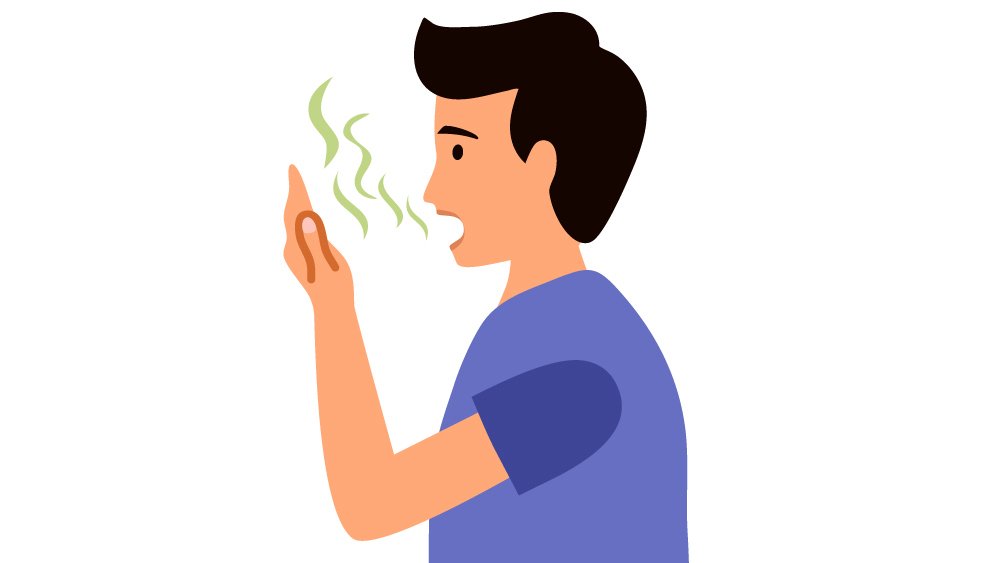In recent years, childhood obesity has emerged as a significant public health concern worldwide. Parents and healthcare professionals are seeking effective ways to combat this growing issue, and one of the options gaining attention is the use of weight loss injections for children. These injections, originally developed for adults, are now being considered for younger patients to address severe cases of obesity. But how effective are they, and what are the potential risks? This article will explore the concept of weight loss injections for children, the science behind them, and what parents need to know.
What Are Weight Loss Injections?
Weight loss injections typically refer to medications that are injected to help reduce body weight. These drugs work by:
- Suppressing appetite
- Regulating blood sugar levels
- Slowing down digestion to create a feeling of fullness
Some of the most well-known weight loss injections include GLP-1 receptor agonists, such as liraglutide and semaglutide, which are also used to treat type 2 diabetes. These drugs are now being tested and, in some cases, approved for treating obesity in children.
How Do Weight Loss Injections Work?
Weight loss injections for children, such as liraglutide (under the brand name Saxenda), work by mimicking a hormone in the body called glucagon-like peptide-1 (GLP-1). This hormone helps regulate appetite and blood sugar levels. When injected, the drug interacts with receptors in the brain that control hunger, causing children to feel full sooner and helping to prevent overeating.
Additionally, these medications slow down the movement of food through the stomach, which helps with controlling hunger and regulating calorie intake. As a result, children are less likely to snack between meals or consume excessive amounts of food, leading to weight loss.
The Growing Concern of Childhood Obesity
Childhood obesity is a serious issue affecting millions of children globally. According to the World Health Organization (WHO), the number of obese children has more than tripled since the 1970s. Obesity can lead to a range of health problems, including:
- Type 2 diabetes
- Cardiovascular disease
- Joint issues
- Low self-esteem and psychological issues
As a result, parents and healthcare providers are increasingly looking for solutions beyond traditional diet and exercise, especially for children who struggle to lose weight through conventional means.
Who Can Benefit from Weight Loss Injections?
Weight loss injections are typically considered for children who are:
- Severely obese (BMI at or above the 95th percentile for their age and sex)
- Have not had success with traditional weight loss methods, such as diet and exercise
- Suffering from obesity-related health conditions, such as type 2 diabetes or high blood pressure
It is important to note that weight loss injections are not suitable for every child. They are usually prescribed as part of a comprehensive weight management program that includes dietary changes, exercise, and behavior modification.
The Benefits of Weight Loss Injections for Children
1. Effective in Promoting Weight Loss
Clinical studies have shown that weight loss injections can help children achieve significant weight loss when combined with lifestyle changes. In a study published in the New England Journal of Medicine, children who received liraglutide injections lost significantly more weight compared to those who received a placebo.
2. Improved Blood Sugar Control
For children with type 2 diabetes, weight loss injections like liraglutide can help regulate blood sugar levels. This dual benefit makes the medication an attractive option for children who are both obese and diabetic.
3. Reduced Risk of Obesity-Related Health Problems
Losing weight through the use of weight loss injections can help reduce the risk of developing serious health problems such as heart disease, joint pain, and metabolic disorders. Early intervention in obese children can prevent lifelong health issues and improve their quality of life.
The Risks and Side Effects
While weight loss injections can be beneficial for some children, they also come with risks. The potential side effects of these injections may include:
1. Nausea and Vomiting
One of the most common side effects of GLP-1 receptor agonists is nausea, particularly in the early stages of treatment. Children may also experience vomiting, which can affect their overall well-being.
2. Hypoglycemia (Low Blood Sugar)
For children with diabetes who are using weight loss injections, there is a risk of hypoglycemia, especially if they are also taking insulin or other medications that lower blood sugar.
3. Gastrointestinal Issues
In addition to nausea, weight loss injections can slow digestion, leading to issues such as bloating, indigestion, and constipation.
4. Potential for Long-Term Unknown Effects
Because weight loss injections for children are relatively new, there is still limited data on their long-term safety. Researchers are continuing to study the potential effects these medications may have on growing children, including the impact on their development and overall health.
Is It Safe for Children?
The FDA has approved the use of liraglutide for adolescents aged 12-17 who are obese. However, it is essential to understand that these medications are not a “quick fix” and should only be used under close medical supervision. Children who receive weight loss injections will need regular monitoring to ensure that the treatment is working effectively and that they are not experiencing any serious side effects.
Weight loss injections should also be part of a holistic approach to weight management. This includes making long-term changes to a child’s diet, increasing physical activity, and addressing psychological factors such as stress or emotional eating.
What Parents Need to Know
If you’re considering weight loss injections for your child, it’s crucial to have an open and honest discussion with your child’s healthcare provider. Some key points to consider include:
- Comprehensive approach: Weight loss injections are most effective when combined with a structured weight loss plan that includes diet and exercise.
- Potential side effects: Be aware of the possible side effects, and ensure that your child is closely monitored for any signs of adverse reactions.
- Regular follow-ups: Regular check-ups with the doctor are necessary to evaluate your child’s progress and adjust the treatment plan as needed.
Alternatives to Weight Loss Injections
Before turning to weight loss injections, parents and healthcare providers should explore other less invasive options, such as:
- Behavioral therapy: Working with a psychologist or dietitian to address eating habits and emotional factors contributing to obesity.
- Structured weight loss programs: Programs that focus on nutrition education and physical activity can be highly effective, especially when combined with family support.
- Medication: In some cases, oral medications may be prescribed to help manage weight, though these are typically used only in conjunction with lifestyle changes.
Conclusion: Are Weight Loss Injections Right for Your Child?
Weight loss injections for children can offer a promising solution for severe obesity, especially when other methods have failed. However, these medications should not be viewed as a standalone solution. They must be used in conjunction with a comprehensive weight management plan that includes diet, exercise, and behavioral therapy.
Before deciding on this treatment option, it is essential to consult a healthcare provider to fully understand the potential benefits and risks. By making informed decisions and ensuring ongoing medical supervision, weight loss injections can be a valuable tool in helping children achieve healthier lifestyles and improved well-being.
References:
- FDA – Weight Loss Medication for Children
- New England Journal of Medicine – Liraglutide for Obesity in Children
- World Health Organization – Childhood Obesity



